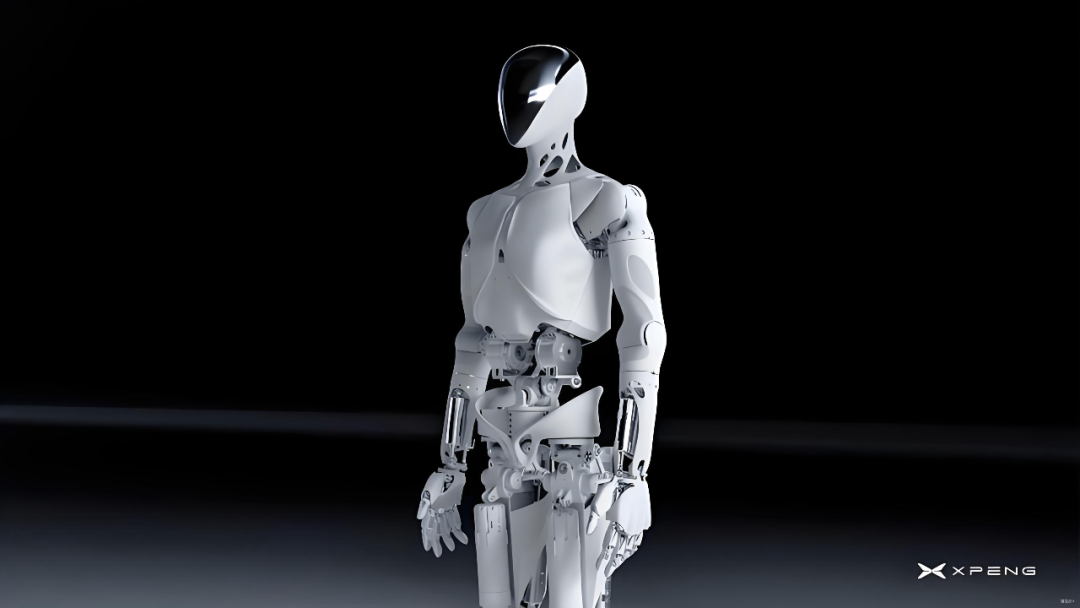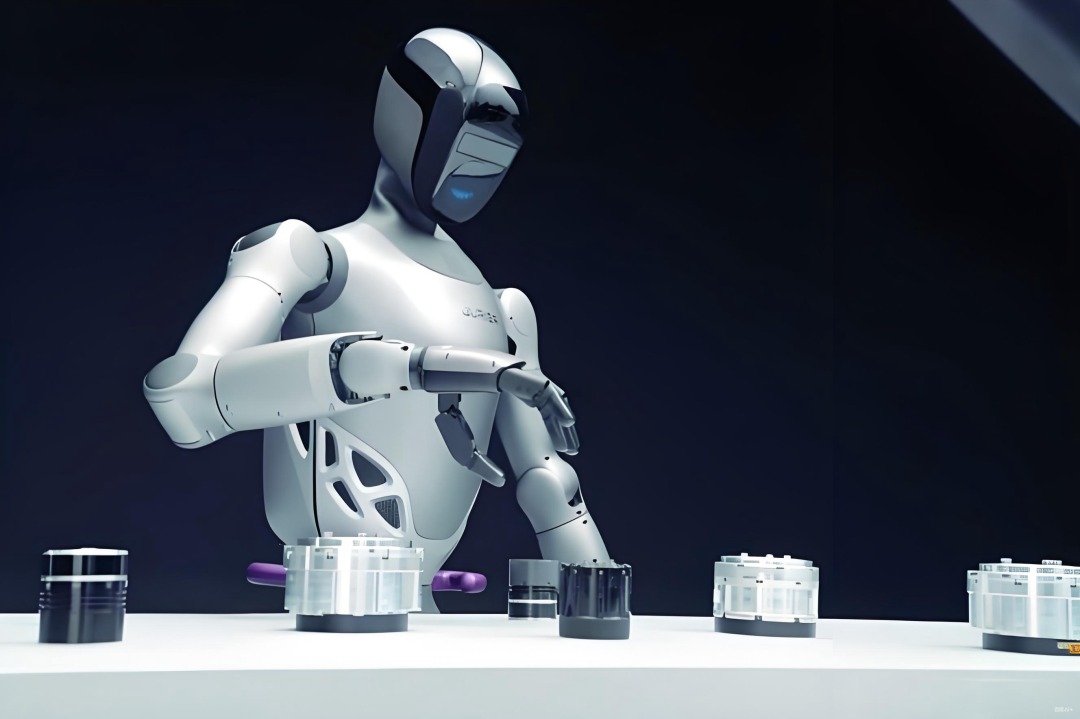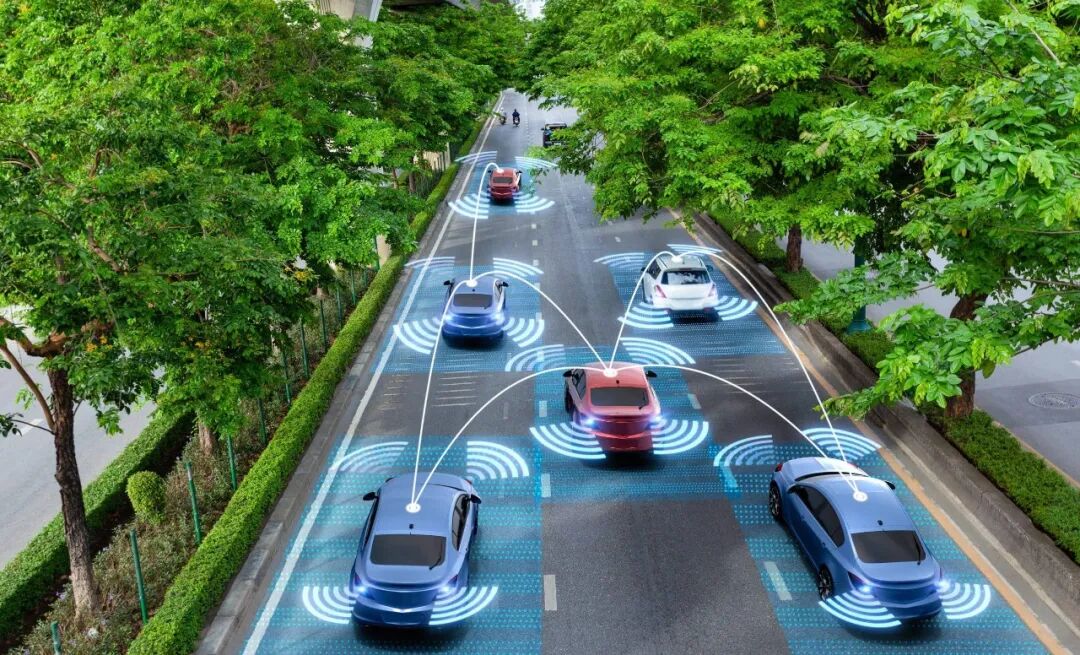What Type of Agent Can Be Dubbed Embodied Intelligence?
![]() 11/19 2025
11/19 2025
![]() 399
399
The year 2025 stands as a milestone where science fiction morphs into reality. When XPENG Motors introduced its 'IRON' humanoid robot, which moved with a gait so human-like and demonstrated such seamless motion control, it left the public utterly astounded.

Image source: Internet
Just cast your mind back to the start of the year. Back then, during the Spring Festival Gala, embodied intelligence robots were still fumbling around, clumsily tossing handkerchiefs and stumbling as they moved. Yet, in less than a year, they've progressed to walking with steps that closely resemble those of humans. The era of embodied intelligence might truly be upon us!

Why the Physical Body Is Vital for Intelligence
In layman's terms, embodied intelligence refers to an intelligent agent that possesses a physical body, has the ability to move, and can perceive its surroundings. Unlike traditional artificial intelligence, which is confined to running large models, writing articles, and engaging in cloud-based chats, embodied intelligence places a strong emphasis on the integration of perception, action, and cognition.

Image source: Internet
The agent perceives the world through sensors (such as those for sight, hearing, and touch) and takes action via actuators (like those for moving, grasping, and walking) to serve humans. During this process, it continuously learns and adjusts its behavior accordingly. This demands a tight connection between the perceived information, the results of its actions, and its internal decision-making processes to form a closed loop. Embodied intelligence is not merely a system that 'thinks'; rather, it's one that can act and become more intelligent through its actions.
Some might raise the question: If large models are so intelligent, why go through the trouble of putting them in a 'body'? In the field of cognitive science, there's a fundamental belief that human thinking patterns, attention spans, and many common-sense judgments are shaped by the long-term interactions between the body and the environment.
The body provides sensory input and behavioral feedback, which significantly influence how we form concepts and predict the world around us. Without a physical body, we lack that crucial 'learning by doing' experience. Moreover, numerous practical tasks—such as handling objects, assembly work, inspections, caregiving, rescue operations, and driving—require a physical presence. Thus, the body is of paramount importance for humans, and the same principle applies to embodied intelligence. Only by combining intelligence with the ability to execute actions can the system truly perform tasks for humans. A large model residing on a server can reason and make predictions, but it cannot directly screw in bolts, deliver items, or clear obstacles. This is precisely why many companies are investing heavily in embodied intelligence.

Core Technologies and Challenges Faced by Embodied Intelligence
Embodied intelligence relies on a deep coupling between hardware and software. At the perception layer, it integrates various sensors, including visual, depth, force, touch, sound, and proprioceptive sensors (such as those measuring joint angles and current), to perceive the environment accurately. Achieving precise perception necessitates the fusion of data from multiple sensors.
The cognition and decision-making layer is responsible for transforming sensor data into an understanding of the environment and formulating future action plans. It employs model-based planning algorithms and learning-based methods, particularly reinforcement learning and self-supervised learning, to enable agents to accumulate experience through interaction.
The action layer converts decisions into real-time motion commands, involving technologies related to kinematics, dynamics, and control. Some tasks demand micrometer-level precision and millisecond response times, requiring a delicate trade-off between accuracy and speed.

Image source: Internet
Closed-loop learning is also of vital importance for embodied intelligence. It emphasizes feeding the results of actions back to the cognition module for continuous improvement. A qualified embodied agent should not only be capable of performing tasks in known scenarios but also be able to adapt quickly to new environments with minimal trial and error.
Drawing parallels to autonomous driving, we can observe that many technologies overlap, although their goals and scenarios differ. Just like autonomous vehicles, the commercialization of embodied intelligence faces numerous challenges.
Multimodal fusion is a complex task due to the high volume of visual data, varying frame rates, and differing sampling speeds for touch and force sensors. Aligning this information both temporally and semantically while extracting useful features requires carefully designed data flows and network architectures.
Reinforcement learning is relatively easy to train in simulations but encounters a 'sim-to-real' gap when applied to real robots. Solutions to this problem include better physical modeling, domain randomization, and online fine-tuning.
Real-time control and hardware reliability are of critical importance. Since embodied intelligence is designed to serve humans, control algorithms must be able to prevent dangerous actions in emergencies, while mechanical components and sensors must be durable and easy to maintain.

Applications and Evaluation Criteria for Embodied Intelligence
Embodied intelligence has clear applications in numerous scenarios. Assembly and collaborative robots in factories can perform repetitive and precise tasks. In warehousing and logistics, automated handling, sorting, and transport systems can significantly boost efficiency. Service robots, such as delivery and household bots, can complete specific tasks in controlled environments.
Autonomous driving can also be considered a form of embodied intelligence, where vehicles perceive the environment through sensors, execute driving actions, and adjust strategies in real-time. Rescue and inspection operations are other key areas where robots can enter hazardous or inaccessible zones on behalf of humans.

Image source: Internet
Evaluating whether a system qualifies as embodied intelligence involves multiple criteria. Can it independently complete tasks in real-world environments, including perceiving relevant information, planning steps, handling unexpected events, and summarizing experiences afterward? Can it adapt to unknown situations by adjusting strategies with minimal interaction instead of failing entirely? How effectively does it interact with humans, understanding instructions, predicting behaviors, and collaborating safely? Finally, operational continuity and robustness must be considered, including tolerance for hardware failures, sensor noise, and external disturbances.

Final Thoughts
Embodied intelligence is not merely about placing AI inside a physical body. It requires a deep integration of perception, action, and cognition, enabling systems to complete tasks in the physical world and improve through experience. It transforms AI from merely 'thinking' to actively 'doing,' making it one of the most promising technological paths in the coming years.
-- END --








